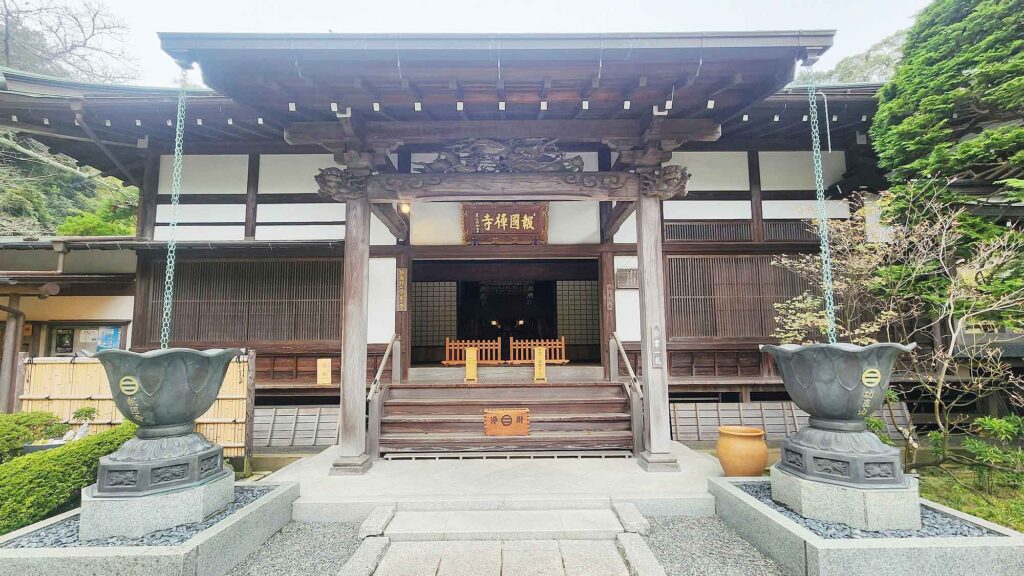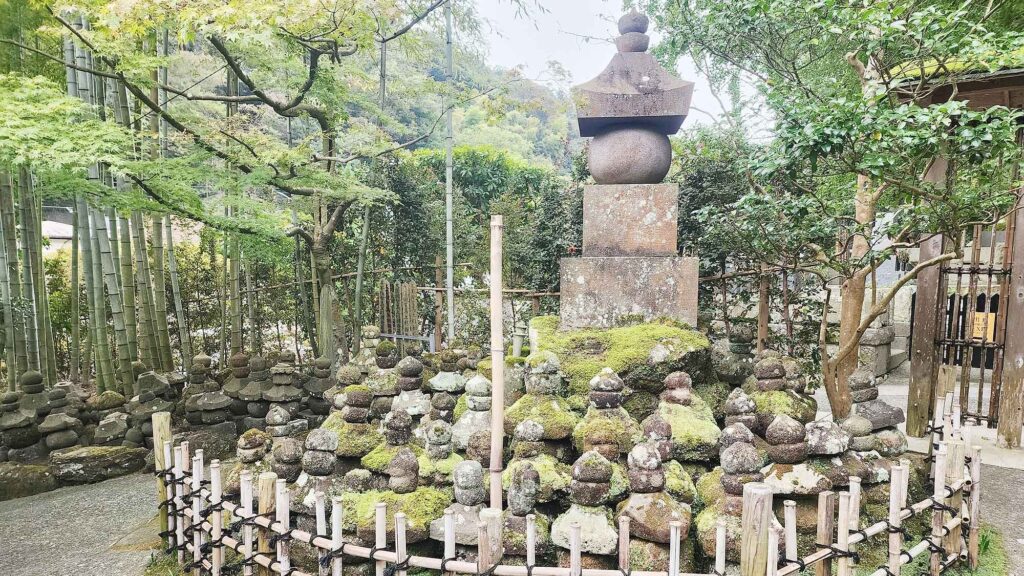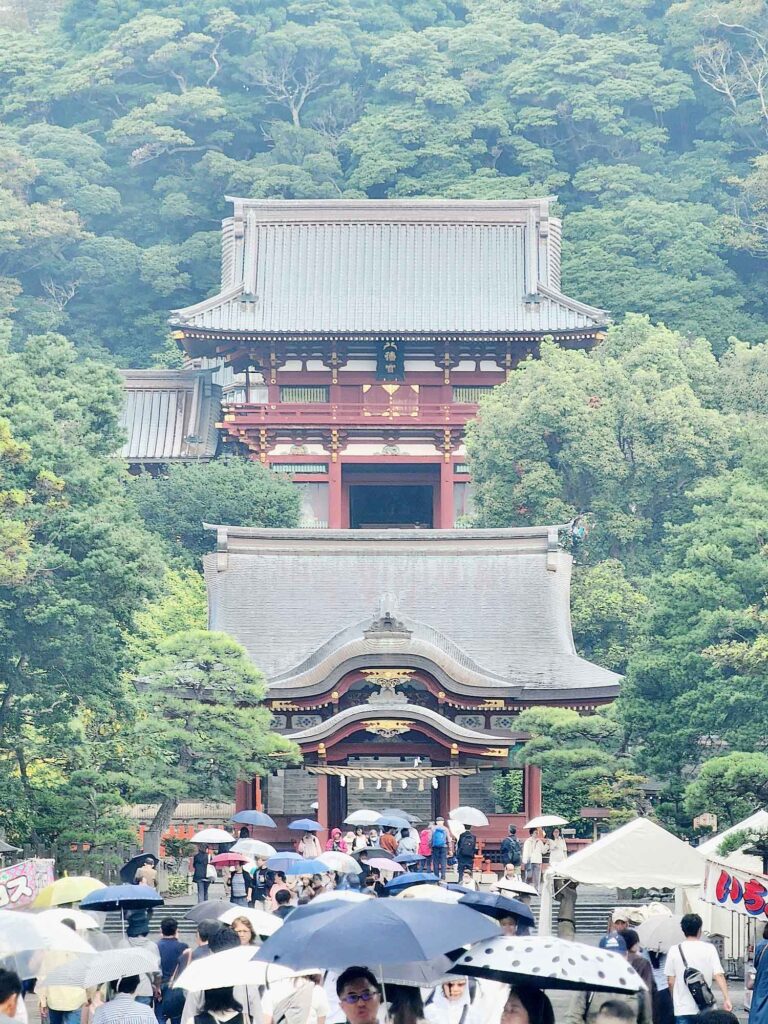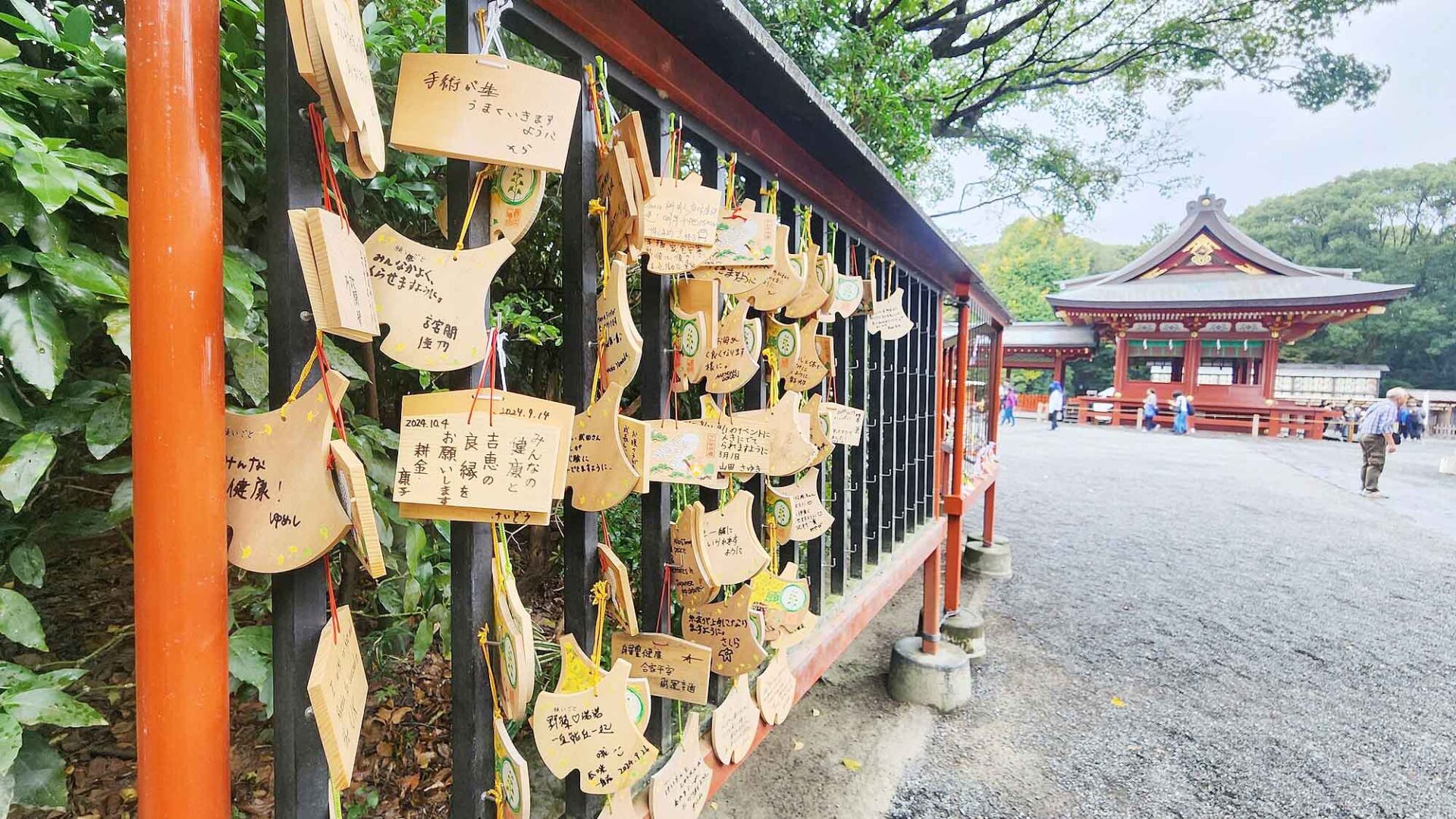Today’s Japan is widely considered a modern country, home to many tech giants that paved the way in developments in automotive, home entertainment, and other industries. And while Tokyo, Japan’s capital, is a bustling megalopolis where cutting-edge technology is the norm, just an hour away from the busy city lies a treasure trove of Japan’s historical culture.

Kamakura is known as Japan’s first shogunate seat of power and this coastal city has retained its charm as a cultural and spiritual center of the country for centuries. It rose into prominence in the 12th century with the establishment of the country’s first military government, the Kamakura Shogunate led by Minamoto Yoritomo. For more than a century, it served as the political heart of the nation. The legacy of that era is still visible today, scattered across the hills and valleys that cradle the city. With over 100 temples and shrines, Kamakura is a living museum of Japanese spirituality and cultural heritage.

Perhaps the most popular destination in Kamakura is The Great Buddha of Kamakura. First constructed in 1252, the statue is a National Treasure of Japan. The bronze statue towers at the center of the Buddhist temple it calls its home, measuring 13.35 m and weighs approximately 93 tons. For a small fee, visitors can go to the interior of the statue and there, a plaque explains how The Great Buddha was constructed as well as the history of the monument. Unlike most Buddha statues housed indoors, Kamakura’s Great Buddha statue sits in the open air, a survivor of centuries of earthquakes, fires, and even tsunamis.

Zaimokuza is known for its beach but the area is also home to Komyo-ji Buddhist Temple. The head temple for the Jodo sect in the Kanto region, the Komyo-ji Temple is one of the 18 temples established during the Edo period by the legendary Tokugawa Ieyasu, the founder of the Tokugawa Shogunate – the last shogunate before the Meiji Restoration which marked the end of Japan’s feudal dynasties.

Passing through the 16-meter-wide second gate, visitors are whisked to a serene oasis in the middle of a suburb. A rock garden can be found which consists of white raked gravel, shrubbery, and 8 rocks, each of which represent a saint or a god. The inner part of the temple is dedicated to the Kishu Teien Garden. The pond is covered with lotus plants and overlooked by the Daisokaku pavilion.
If reservations are made in advance, guests can also try a shojin ryori lunch inside the temple. This special meal is typical of Buddhist menus and each dish follows the monks’ strict dietary rules. And while it is completely vegan, the range of textures and flavors make the lunch not just a fulfilling meal, but also a culinary treat for food lovers. The temple also offers Shakyo, or the act of copying Buddhist scriptures or sutra. Here, guests are given a template and a brush to trace out each character of the sutra. These can then be taken home as a souvenir or donated to the temple as an offering to be burned.
Another popular spot located in the heart of Kamakura is the Tsurugaoka Hachimangu Shrine. Established in 1063 , the shrine is dedicated to Hachiman, the god of war and protector of the samurai and is considered the city’s most important Shinto temple. The entrance to the temple is lined with Sakura trees and guests pass through an imposing torii gate before climbing up a massive stone stairway to the temple proper. Beyond the shrine’s main hall are ponds, a museum housing samurai artifacts, and antique statues. Those who prefer to stay at ground level can opt to wander around the spacious garden and look at other smaller shrines dotted around the compound.
On the eastern hills of Kamakura is the Hokokuji Temple of the Rinzai Sect of Zen Buddhism. Originally founded during the early years of the Muromachi Period, Hokokuji was the family temple of the ruling Ashikaga Clan and was later also adopted as the family temple of the Uesugi Clan.
While unassuming on the outside, passing through the modest gate leads visitors on a garden-lined path towards the main temple, with several stone statues along the way. The hall houses a statue of the Buddha, the temple’s main object of worship. To the left of the main hall stands a unique-looking bell tower with a simple, thatched straw roof.
The temple is also home to a modest bamboo forest. A dense landscape of more than 2,000 bamboo plants offers a serene environment for guests to explore behind Hokokuji Temple’s main hall. Subtle differences in weather conditions change the experience of walking through this area, and the vibrant green of moss-covered stones further enhances the contemplative mood of the environs.
Kamakura is more than a day trip from Tokyo. It is a journey into Japan’s spiritual heart and a window into the country’s medieval past. From the solemn gaze of the Great Buddha to the quiet rustle of bamboo leaves along its trails, Kamakura invites visitors to slow down, reflect, and appreciate the enduring beauty of its cultural heritage.
For travelers seeking both history and tranquility, Kamakura offers a timeless escape. It is a place where the past lingers gracefully in the present, reminding us that Japan’s soul is as much in its coastal hills as it is in its bustling cities.





